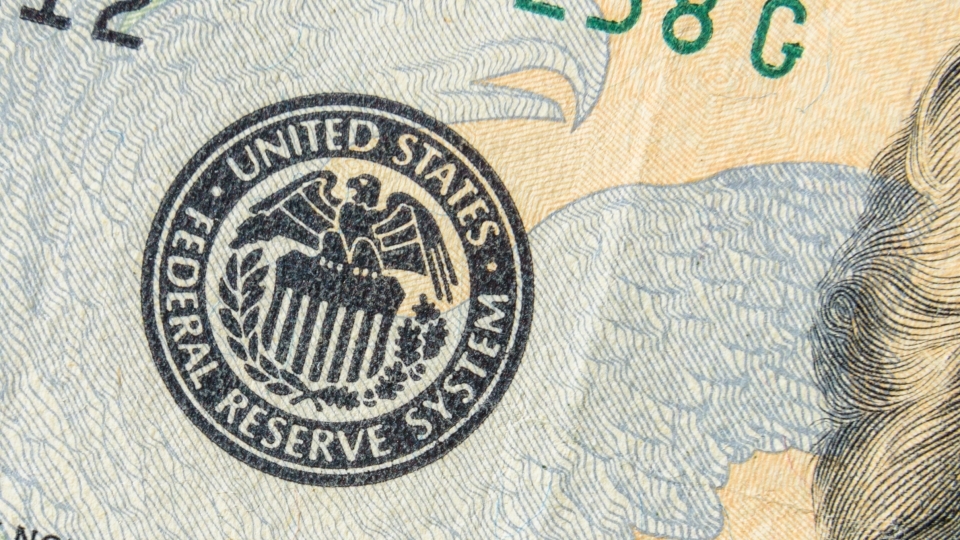Econ Prof: Low Unemployment, Low Inflation Leave Narrow Window for Fed to Hold Steady
September 16, 2024
- Author
- Jay Pfeifer

Two years ago, prices were surging and the Fed was caught flat-footed.
The inflation they initially argued was transitory threatened to squeeze consumers and overheat an economy already staggered by the COVID pandemic.
Today, the Fed is in an entirely different position. Inflation has cooled while unemployment has remained at near-historic lows. After increasing the interest rate by a total of 5.25 percentage points since June 2022, the Fed is broadly expected to cut rates when they meet this week.
But Economics Professor Vikram Kumar sees the Fed’s position as a little murkier than many in the market.
His thoughts are below:
First, can you catch us up on how the Fed’s battle against inflation has gone?
We are in a much better place than we used to be. But we are not where the Fed wants to be. The target is at 2% inflation for its preferred measure of inflation, which is the Personal Consumption Expenditure index, PCE.
And by that measure, inflation is coming in at 2.5%, and excluding volatile food and energy components, at 2.6%. We are in the last mile of the fight against inflation but the distance to that goal is actually uncertain.
How important is that last one half of a percent? Compared to the summer of 2022 when inflation was red hot, one half of one percent seems relatively small.
That’s a matter of some debate. There are people who think that one shouldn’t be dogmatically attached to the 2% goal, but this is what the Fed has set for itself, and it has to mind its credibility. Long-term survey-based inflationary expectations are closer to 3% — it should be anchored near 2%.
I think what the Fed must worry about is that if it cuts rates now and things begin to reverse a little bit — if inflation picks up — it might have to raise rates again, and that would be a highly undesirable scenario.
Why would that be so troublesome?
It can spook the markets. If the Fed says things are going well, then they reverse course, it can exacerbate uncertainty and a sense that they lack control.
This is psychological but that’s a real decision element that the Fed has to seriously entertain.
Most people expect that the Fed will cut rates by a quarter of a percent this week — and many think they may be even more aggressive, with a half-point cut. What do you think the Fed should do?
The likely scenario is that a cut happens this week. However, my view is that the Fed still has a brief window of opportunity to continue its inflation stabilization program by staying at its current stance and postponing potential rate cuts to its November meeting.
Why should they refrain from cutting the interest rate?
With the caveat that monetary policy comes with long and variable lags, there are few significant signs of an inordinate economic slowdown. At worst the picture is murky. This is certainly a time for heightened caution but not for policy panic.
The Conference Board reports on its index of leading economic indicators that the six-month annual growth rate no longer signals a recession ahead. The Atlanta Fed’s GDPNow predicts fairly strong output growth for the next quarter.
Despite some settling, earnings data are supportive of consumer spending.
Strong recent productivity growth has no doubt contributed to inflation moderation. But productivity growth is notoriously noisy and can change quickly.
The message from the labor markets is still very mixed.
- The unemployment rate was 4.2% at the last reading and by the historical standard, that is still quite low.
- The rate of layoffs is stable. New claims for unemployment insurance have been stable, so people are not rushing to get unemployment insurance.
- Vacancies still exceed unemployment, albeit slightly. The quits rate is unchanged.
Despite noises to the contrary, credit conditions are not dire. In fact, the Chicago Fed's National Financial Conditions index, which tracks how loose or tight the financial conditions are, shows that the financial conditions are currently looser than average.
This is why I’m saying that the Fed, in this uncertain world, still has a few degrees of freedom to hold steady on interest rates till its next meeting.
But there are loud voices calling for cuts, right?
Yes, loud voices, both from the financial sector and from the political arena. But it’s not the Fed’s job to please Wall Street and it likes to keep its distance from the heat of electoral cycles.



